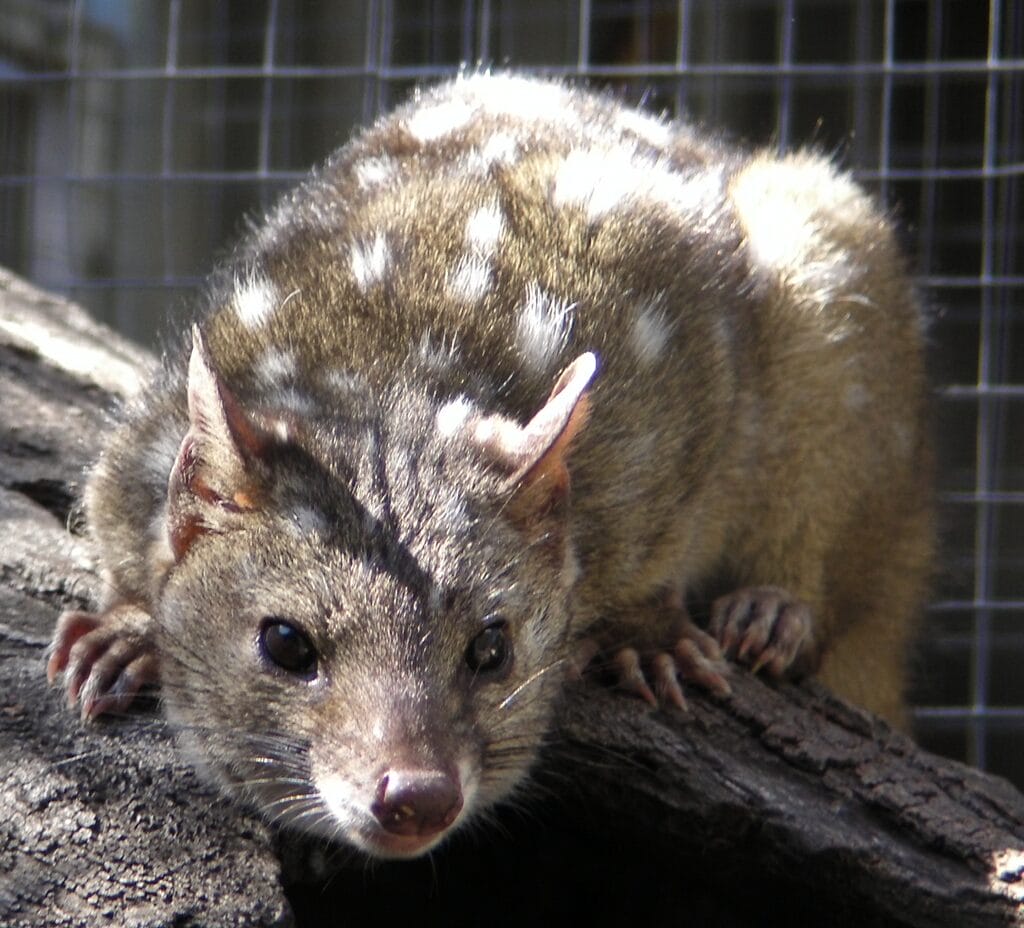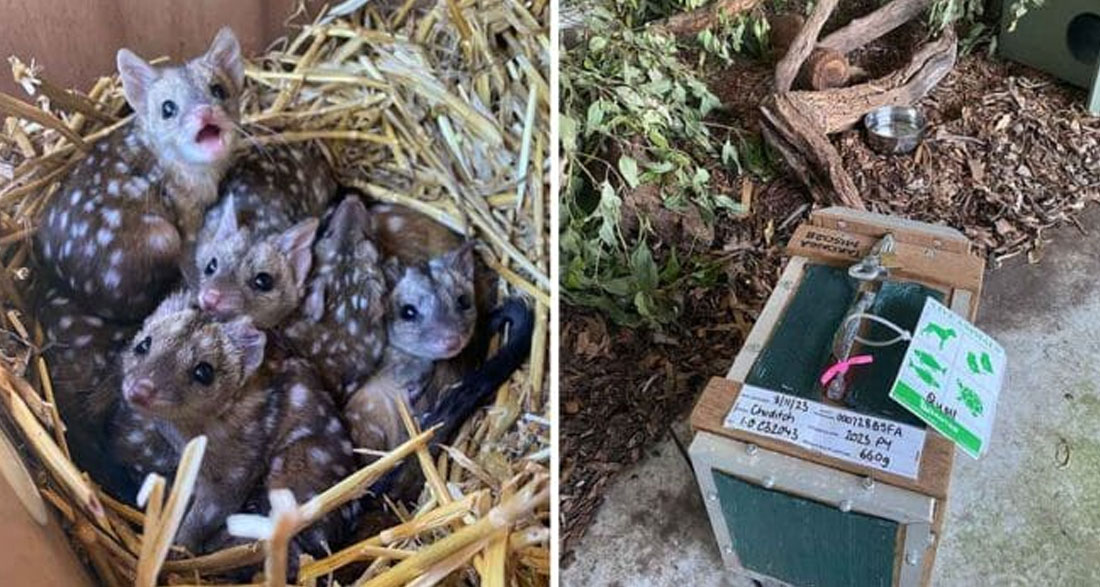New Hope for a Species Close to Extinction
A species that was once almost gone now has new hope for survival!
In Australia, a group of passionate researchers is celebrating a huge success. Their hard work to help save a special animal species is finally paying off.
Recently, ecologists at the Mt Gibson Wildlife Sanctuary made an incredible discovery. As they explored the sanctuary, they found something amazing: a group of newborn, spiky little creatures! These tiny, spiky babies weren’t just any animals—they belong to the western quoll, a type of marsupial carnivore.
The western quoll, also known as a chuditch, used to live all across Australia. But since European settlers arrived in Australia, the population of these creatures has dropped dramatically. They were once everywhere, but now they are only found in the southwestern corner of the country, and only in small groups.
These unique marsupials are about the size of a cat, and they play a very important role in the environment. Western quolls help control the populations of smaller invertebrates, as well as certain reptiles and birds. Without them, other species might get out of control, and the ecosystem could suffer.
A New Beginning

The recent discovery of the baby quolls at the Mt Gibson Sanctuary brings new hope. Over the past few months, the researchers have been working hard to bring the western quolls back to an area where they had previously gone extinct. And now, with the birth of the baby quolls, it’s clear that their efforts have worked!
The quolls seem to be thriving in their new home. It looks like they are not just surviving, but also reproducing successfully. The baby quolls are a sign that they have adjusted well to the sanctuary and are ready to rebuild their population.
“Through regular monitoring, we can see the quolls are doing well at the sanctuary and encountering the first pouch young is a positive sign that they have adjusted to the new environment,” said Georgina Anderson, the Senior Field Ecologist at the Australian Wildlife Conservancy (AWC).
One of the quolls, named Aang, has become a bit of a local celebrity. Aang is one of the largest and most striking quolls at the sanctuary. He’s also known for his curious and playful personality!
“Aang is a regular at the camera traps we set up at the release sites. He is often seen making rounds at multiple sites to collect the chicken we use as lures. He even disrupts our bait canisters,” Georgina Anderson added with a smile.
A Bright Future Ahead
The sight of these baby quolls, along with the continued success of the reintroduction efforts, fills everyone with hope for the future. For the western quolls, this is just the beginning. If things continue to go well, these animals could soon be living in more places across Australia, just like they did many years ago.
This success story is a wonderful reminder of what can happen when people work together to protect the natural world. It’s an exciting step forward, and the whole team at Mt Gibson is celebrating their hard-earned victory.
“What joy to see hope for the species!” one researcher said. Everyone is now dreaming of the day when western quolls once again roam freely across the Australian landscape.
What do you think of this exciting story? Feel free to share your thoughts in the comments below!

